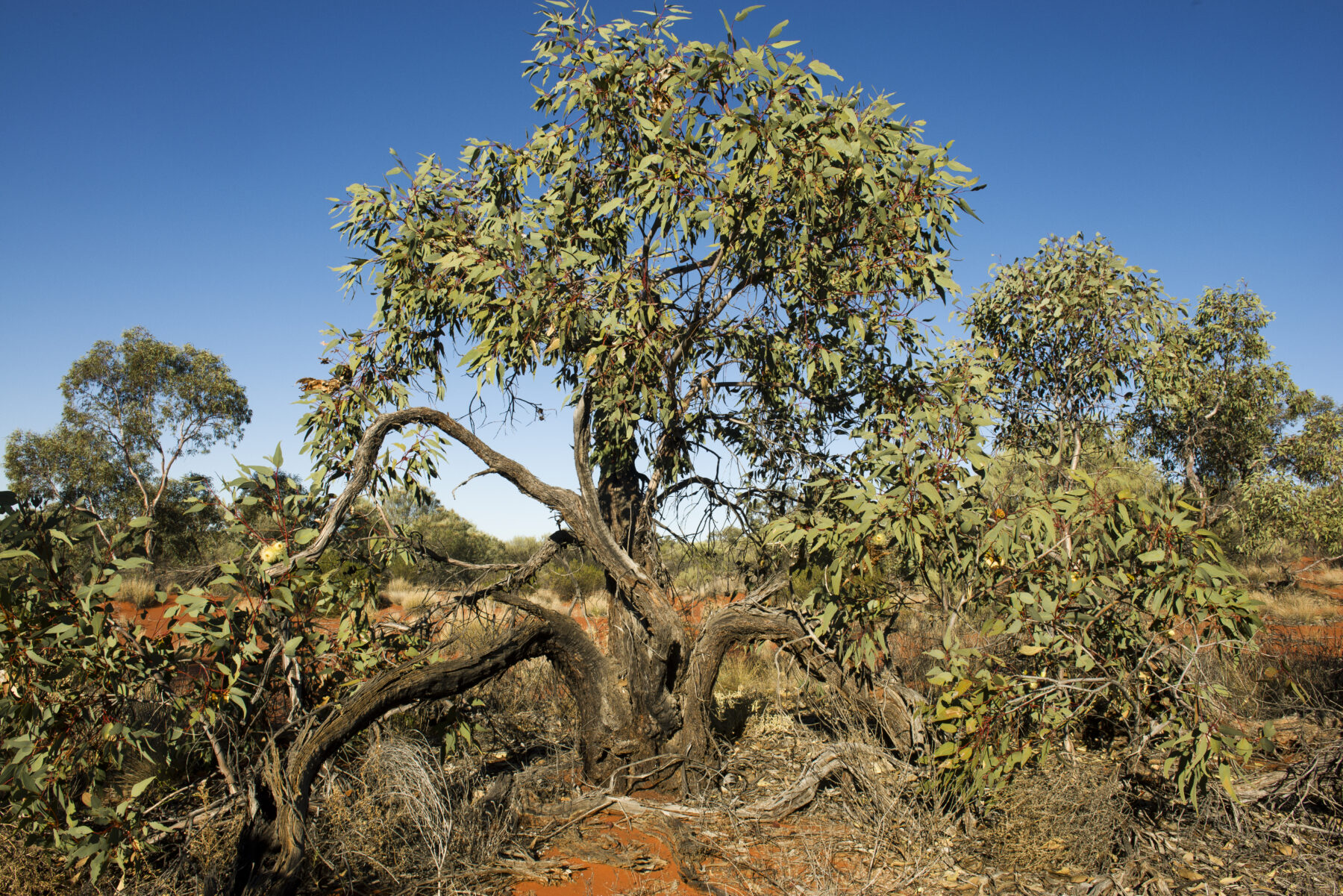OPINION: Refuge from extinction

What will landscapes supporting native vegetation look like in 50 years? The honest answer is that nobody knows. We do know, however, that many landscapes will look vastly different. Rapid climate change combined with other human impacts are creating environments that are no longer suitable for the plant communities living there.
Change is already upon us. For example, eucalypt trees were long thought to be drought resistant. But they are now dying back in many parts of Australia because of droughts linked to climate change: a trend that will be discussed in a symposium at this year’s conference of the Ecological Society of Australia, from 9–13 December at the Melbourne Convention and Exhibition Centre.
The traditional conservation approach of protecting species and habitats by establishing static protected areas is no longer effective against climate change. Among the emerging new approaches, the Resist-Accept-Direct (RAD) decision framework is gaining popularity.
The premise is simple: landscape managers must decide whether to accept climate change’s impacts or whether to invest resources to resist or direct change, while maintaining key ecosystem services.

Meanwhile, on the ground, the reality is more challenging. What are realistic goals for directing change? What is the risk of accepting the impacts that climate change brings? How and where can we best resist the impacts of climate change?
It is regarding the last question that recent work has made headway, thanks to the collective expertise and efforts across Australia, North America and Europe.
A new framework developed by me, Diana Stralberg (Canadian Forest Service), Toni Lyn Morelli (United States Geological Survey), and Zoltán Bátori (University of Szeged, Hungary), suggests refugia are key to preventing extinctions.
Climate-change refugia are places where the impacts of climate change are felt less intensely, providing a chance for biodiversity to persist in the landscape. Studies have shown they were crucial to preventing biodiversity losses around the globe during the last ice age. Therefore, identifying and protecting such refugia should provide the best chances of success for resisting ecosystem changes during the current climate crisis.
But even refugia are not immune to climate change and many are in landscapes that have been transformed by human activities. For refugia to continue to support biodiversity as climate change progresses, we may need to manage them. The most extreme cases may involve restoration where the habitat has been degraded and designing new refugia where none naturally exist. Is this worth the effort? If we want to retain biodiversity as our world changes at an increasing speed, the answer must be yes.
Gunnar Keppel is an Associate Professor in Environmental Biology at the University of South Australia.


